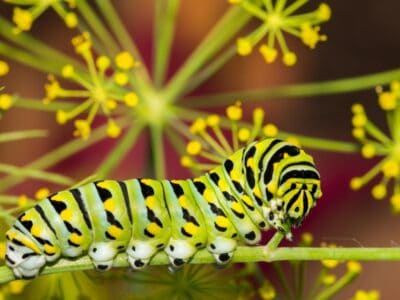Below you can find a complete list of Vanuatuan animals. We currently track 124 animals in Vanuatu and are adding more every day!
The Republic of Vanuatu — commonly called Vanuatu — is a unique archipelago nation in the South Pacific. Regional volcanic activity is common, and the 83 islands that make up the nation host dense rain forests.
Vanuatu Wildlife Overview
Because of its friendly tax policies and available land, people are moving to Vanuatu in droves, and the population increase has translated into a handful of environmental problems. Shore fish are steeply declining, deforestation is destabilizing traditional habitats, and an uptick in landslides is wreaking havoc on livelihoods.
In terms of unique special populations, approximately 22 mammals, 19 reptiles, and scores of insects call Vanuatu home. Sea cows are the area’s largest marine mammals. However, individuals of the species sometimes leave for long stretches if their food supply is devastated by an ecological event.
Vanuatu has a healthy bird population of about 136 avian species, nine of which are endemic to the region. Common birds include the Vanuatu kingfisher and imperial pigeon.
The Official National Animal of Vanuatu
The Iguana is the national animal of Vanuatu. The country’s national flower is the hibiscus.
Did you know that iguanas have a unique third eye on the top of their domes that sense light? It’s true. They also love humid weather and can live up to 20 years, which is long for reptiles of their size.
Where To Find the Top Wild Animals in Vanuatu
Vanuatu is a mix of impenetrable rain forests and occupied coastal lands. Technically, most of the country’s wildlife lives deep in the dense forests, undisturbed by prying human curiosities. But dogs, pigs, goats, cattle, and other domesticated animals live alongside humans in the coastal areas. Rats are also a massive problem in occupied regions and are becoming a big problem for the country’s coconut industry.
The Most Dangerous Animals in Vanuatu Today
The most dangerous animals in Vanuatu are disease-carrying mosquitoes. Other than that, the islands are relatively free of inherently hazardous species. Rabid rats and bats present a threat, but no more so than anywhere else in the world.
Endangered Animals in Vanuatu
At the time of this writing, five mammals on Vanuatu appear on the IUCN’s Red List. One is categorized as endangered, and four are vulnerable. Several species of endangered reptiles also live in and around Vanuatu.
- Dugong or sea cows — Vulnerable
- Banks flying fox — Vulnerable
- Long-tailed fruit bat — Vulnerable
- Polynesian sheath-tailed bat — Endangered
- Hawksbill sea turtle — Critically Endangered
- Lau banded iguana — Endangered
Several bird species that spend at least part of the year in Vanuatu also appear on various endangered species lists, including the Vanuatu megapode and royal parrot finch.
Vanuatuan Animals

Ant
First evolved 100 million years ago!
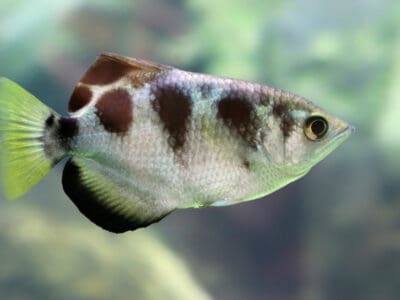
Archerfish
Archerfish can shoot a stream of water up to five feet with amazing accuracy.

Barn Owl
Found everywhere around the world!

Bat
Detects prey using echolocation!

Bed Bugs
Bed bugs feed for 4-12 minutes.

Bee
Rock paintings of bees date back 15,000 years

Beetle
There are more than 350,000 different species

Bird
Not all birds are able to fly!

Biscuit Beetle
The biscuit beetle form a symbiotic relationship with yeast

Black Widow Spider
They typically prey on insects!

Brown Dog Tick
Can live its entire life indoors
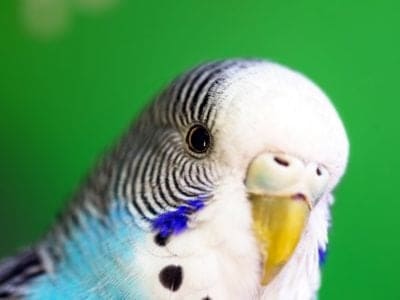
Budgerigar
Natively found in Australia!

Butterfly
There are thought to be up 17,500 species!

Camel Cricket
The camel crickets that are found in the USA are light brown in color. They also have dark streaks all over their body.

Cat
May have been domesticated up to 10,000 years ago.

Caterpillar
The larvae of a moth or butterfly!

Catfish
There are nearly 3,000 different species!

Centipede
There are about 3,000 documented species!

Chicken
First domesticated more than 10,000 years ago!
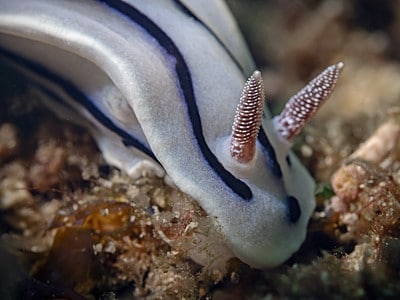
Chromodoris Willani
Their skin is toxic

Cockroach
Dated to be around 300 million years old!
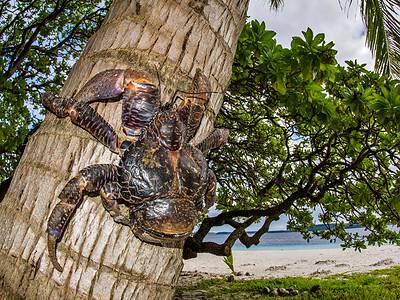
Coconut Crab
The largest terrestrial arthropod in the world

Common Furniture Beetle
The common furniture beetle feeds exclusively on wood

Common House Spider
House spiders have the ability to eat most insects in a home.
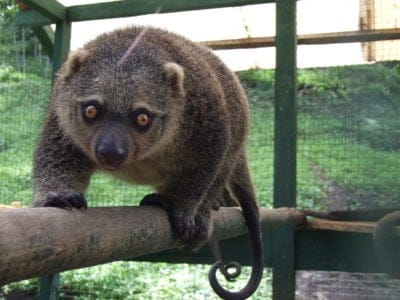
Common Spotted Cuscus
Has a long, strong prehensile tail!

Cormorant
They can fly 35 mph and dive 150 feet below water.

Cow
There are nearly 1.5 billion worldwide!

Crab
There are 93 different crab groups

Crab Spider
Crab Spiders can mimic ants or bird droppings
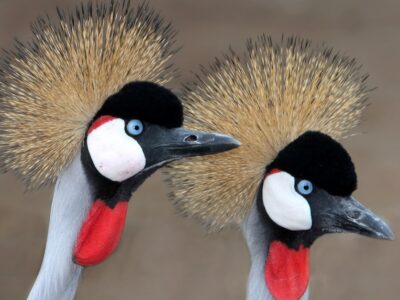
Crane
Many are critically endangered species!
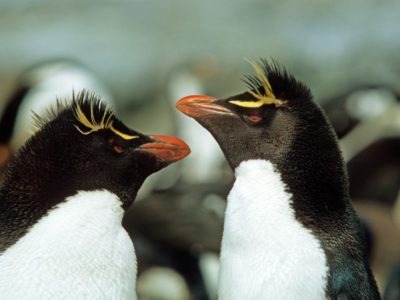
Crested Penguin
Has long yellow eyebrows!

Cricket
Male crickets can produce sounds by rubbing their wings together
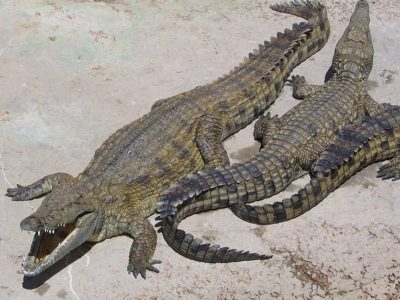
Crocodile
Have changed little in 200 million years!

Dog
First domesticated in South-East Asia!

Donkey
First domesticated 5,000 years ago!

Dragonfly
It's larvae are carnivorous!

Duck
Rows of tiny plates line their teeth!

Dung Beetle
The dung beetle can push objects many times its own weight

Earthworm
They are hermaphrodites, which means they have male and female organs

Earwig
There are nearly 2,000 different species!

Eel
Eels can be a mere few inches long to 13 feet!

Firefly
The firefly produces some of the most efficient light in the world

Flea
Adult fleas can jump up to 7 inches in the air

Fly
There are more than 240,000 different species!

Frog
There are around 7,000 different species!

Fruit Fly
Fruit flies are among the most common research animals in the world
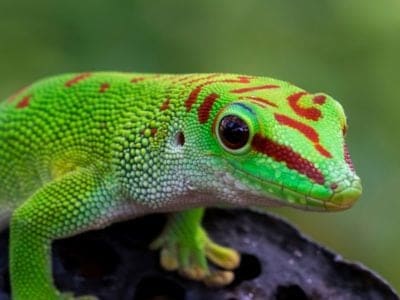
Gecko
There are thought to be over 2,000 species!
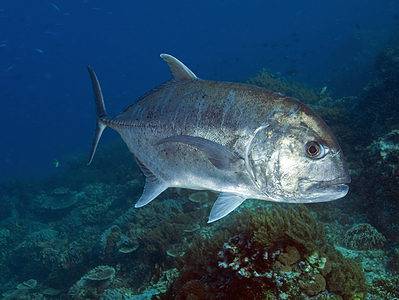
Giant Trevally
The largest fish in its genus

Glowworm
Found inhabiting dense woodland and caves!

Gnat
Males form large mating swarms at dusk

Grasshopper
There are 11,000 known species!

Hamster
Able to run as quickly backwards as forwards!

Hawk Moth Caterpillar
Many hawk moth caterpillars eat toxins from plants, but don’t sequester them the way milkweed butterflies do. Most toxins are excreted.

Heron
Inhabits wetlands around the world!
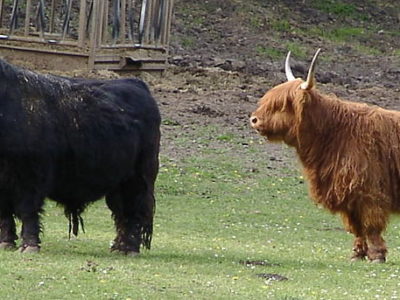
Highland Cattle
Natively found in the Scottish Highlands!

Honey Bee
There are only 8 recognized species!
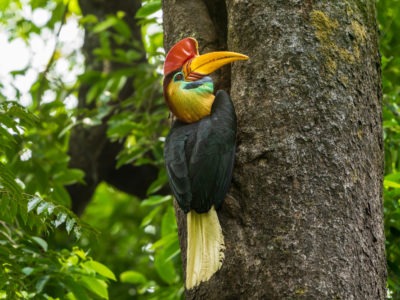
Hornbill
The bird has a massive horn on its bill!

Horse
Has evolved over 50 million years!

Horsefly
Horseflies have been seen performing Immelmann turns, much like fighter jets.

Housefly
The fly has no teeth

Human
Thought to have orignated 200,000 years ago!
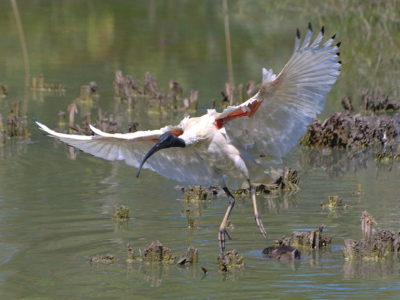
Ibis
Found in swamps, marshes and wetlands!

Insects
There are an estimated 30 million species!

Ladybug
There are more than 5,000 species worldwide!

Leech
Has 10 pairs of eyes!

Lizard
There are around 5,000 different species!
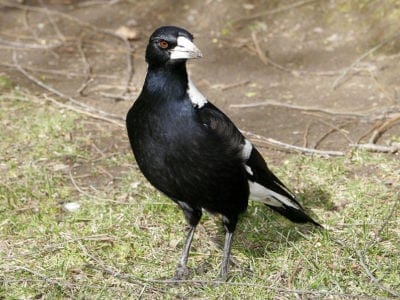
Magpie
They are found across Europe, Asia and Africa!
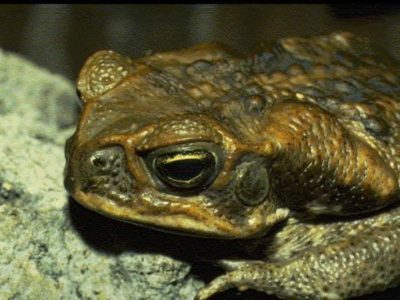
Marine Toad
Produces a toxin used in arrow darts!

Mayfly
There are 2,500 known species worldwide!

Mealybug
They have a symbiotic relationship with ants.
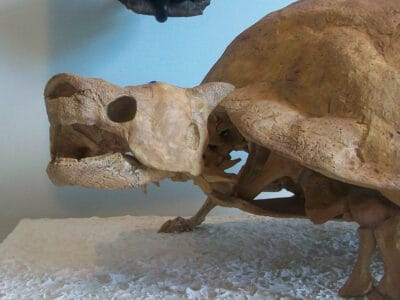
Meiolania
The Meiolania had a massive head that it was unable to put fully inside its shell.

Millipede
Some species have a poisonous bite!

Mongrel
Has characteristics of two or more breeds!
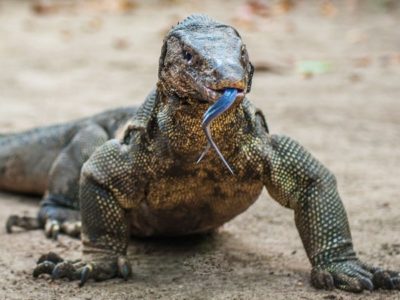
Monitor Lizard
Some species are thought to carry a weak venom!
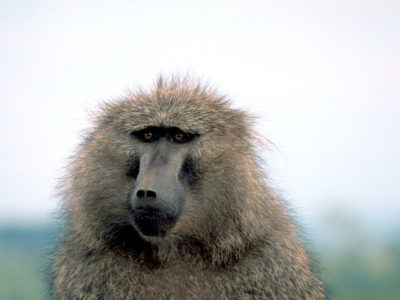
Monkey
There are around 260 known species!

Moorhen
Feeds on aquatic insects and water-spiders!

Moth
There are 250,000 different species!

Mouse
Found on every continent on Earth!

Nematode
Nematodes range in size from 1/10 of an inch to 28 feet long

Orb Weaver
Females are about four times the size of males

Otter
There are 13 different species worldwide

Owl
The owl can rotate its head some 270 degrees
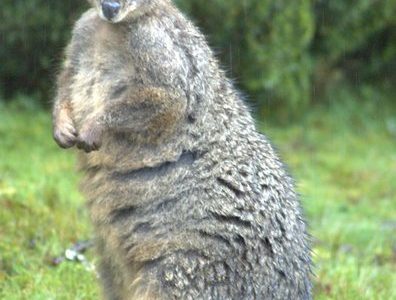
Pademelon
Inhabits the jungles of the far east!
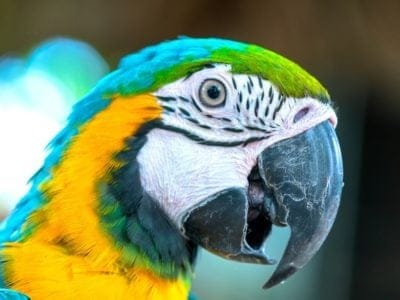
Parrot
Can live for up to 100 years!

Pheasant
Females lay between 8 and 12 eggs per clutch!
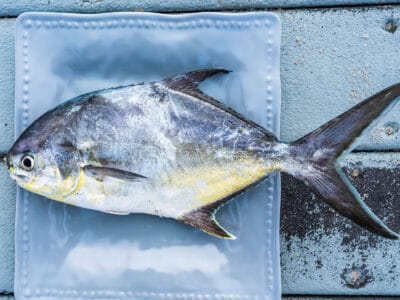
Pompano Fish
They are bottom-feeders
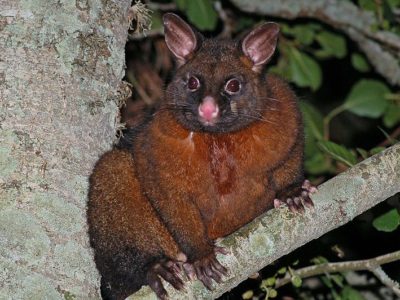
Possum
There are 69 species on the Australian continent!

Quail
Inhabits woodland and forest areas worldwide!

Rat
Omnivores that eat anything!

River Turtle
Inhabits freshwater habitats around the world!

Robin
There are more than 45 species in Australia alone!

Rodents
The capybara, the world’s largest rodent, likes to be in and around bodies of water. Because of this, the Catholic Church in South America decided that it was a fish, and people were allowed to eat it during Lent and First Fridays.

Rooster
Will mate with the entire flock!

Sable Ferret
Ferrets were used during the Revolutionary War to keep down the rat population.
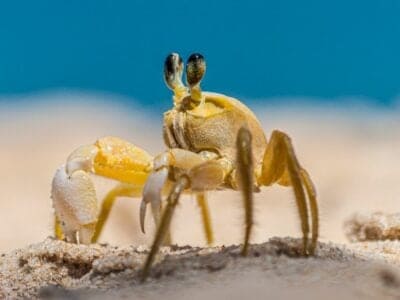
Sand Crab
The sand crab burrows beneath the sand with its tail

Scorpion
There are around 2,000 known species!
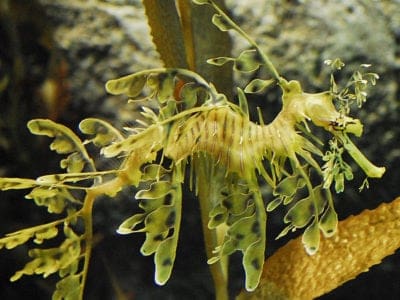
Sea Dragon
Inhabits tropical coastal waters of Australia!

Sea Eagle
The sea eagle tends to mate for life with a single partner

Seahorse
Males give birth to up to 1,000 offspring!

Sheep
Around 35 million in the English countryside!

Shrimp
There are 2,000 different species worldwide!

Smokybrown Cockroach
Has up to 45 eggs per egg case

Snail
There are nearly 1,000 different species!

Snake
There are around 4,000 known species worldwide

Sparrow
There are 140 different species!
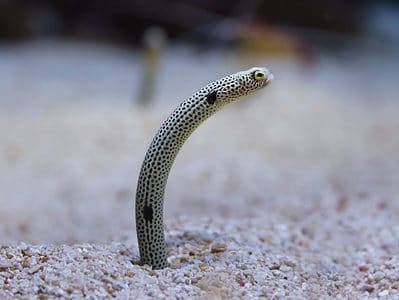
Spotted Garden Eel
Males battle each other over females and territory

Stick Insect
There are more than 3,000 different species!
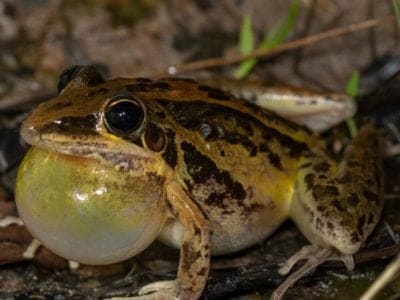
Striped Rocket Frog
Long powerful hind legs!

Swan
Populations have been affected by pollution!
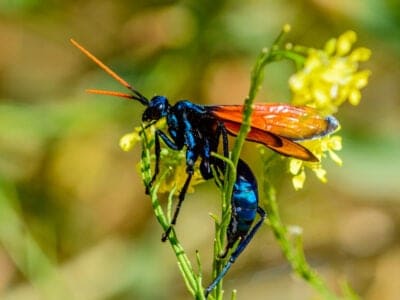
Tarantula Hawk
Tarantula hawks are excellent pollinators, especially for milkweed.

Termite
Their mounds can be up to 9 meters tall!

Tick
They inject hosts with a chemical that stops them from feeling the pain of the bite

Tiger Beetle
The adult tiger beetle is one of the fastest land insects in the world

Tortoise
Can live until they are more than 150 years old!

Turtles
Some species of aquatic turtles can get up to 70 percent of their oxygen through their butt.

Wasp
There are around 75,000 recognised species!
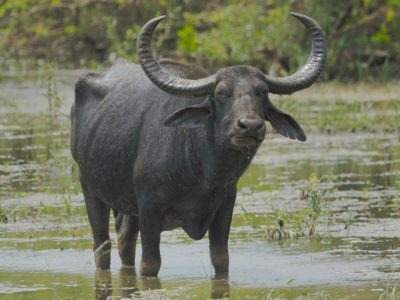
Water Buffalo
Has been domesticated for thousands of years!
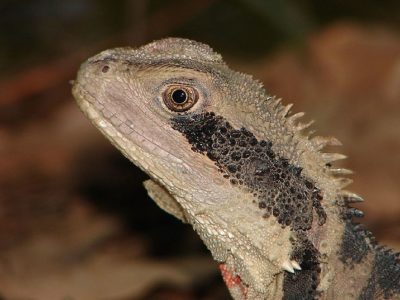
Water Dragon
Spends most of it's time in the trees!

Wolf Spider
Carnivorous arachnid that hunts its prey.

Woodlouse
This animal can roll up into a ball

Worm
Doesn’t have eyes.
Vanuatuan Animals List
- Ant
- Archerfish
- Barn Owl
- Bat
- Bed Bugs
- Bee
- Beetle
- Bird
- Biscuit Beetle
- Black Widow Spider
- Brown Dog Tick
- Budgerigar
- Butterfly
- Camel Cricket
- Cat
- Caterpillar
- Catfish
- Centipede
- Chicken
- Chromodoris Willani
- Cockroach
- Coconut Crab
- Common Furniture Beetle
- Common House Spider
- Common Spotted Cuscus
- Cormorant
- Cow
- Crab
- Crab Spider
- Crane
- Crested Penguin
- Cricket
- Crocodile
- Cuckoo
- Dog
- Donkey
- Dragonfly
- Duck
- Dung Beetle
- Earthworm
- Earwig
- Eel
- Firefly
- Flea
- Fly
- Frog
- Fruit Fly
- Gecko
- Giant Trevally
- Glowworm
- Gnat
- Grasshopper
- Hamster
- Hawk Moth Caterpillar
- Heron
- Highland Cattle
- Honey Bee
- Hornbill
- Horse
- Horsefly
- Housefly
- Human
- Ibis
- Insects
- Ladybug
- Leech
- Lizard
- Magpie
- Marine Toad
- Mayfly
- Mealybug
- Meiolania
- Millipede
- Mongrel
- Monitor Lizard
- Monkey
- Moorhen
- Moth
- Mouse
- Nematode
- Orb Weaver
- Otter
- Owl
- Pademelon
- Parrot
- Pheasant
- Pompano Fish
- Possum
- Quail
- Rat
- River Turtle
- Robin
- Rodents
- Rooster
- Sable Ferret
- Sand Crab
- Scorpion
- Sea Dragon
- Sea Eagle
- Seahorse
- Sheep
- Shrimp
- Smokybrown Cockroach
- Snail
- Snake
- Sparrow
- Spotted Garden Eel
- Stick Insect
- Striped Rocket Frog
- Swallowtail Butterfly
- Swallowtail Caterpillar
- Swan
- Tarantula Hawk
- Termite
- Tick
- Tiger Beetle
- Tortoise
- Turtles
- Wasp
- Water Buffalo
- Water Dragon
- Wolf Spider
- Woodlouse
- Worm
Animals in Vanuatu FAQs (Frequently Asked Questions)
What Animals Live in Vanuatu?
Due to its relatively young geographic age, Vanuatu’s wildlife scene isn’t a bastion of biodiversity. And while the island nation is crawling with lizards and insects, only 22 mammal species can be found on land and in surrounding waters. However, if you’re searching for bats, head to Vanuatu, where 12 species of the flying fauna have set up shop.
Are There Crocodiles in Vanuatu?
Though not native to the archipelago, three or four adult saltwater crocodiles are believed to be living in Vanuatu’s mangroves. They aren’t a breeding population, and researchers guess they were marooned in the area after getting caught up in a cyclone that carried them over from the Solomon Islands or New Guinea.
Are There Any Dangerous Animals in Vanuatu?
The most dangerous non-human animals in Vanuatu are disease-carrying mosquitoes. But that’s about it. Some of the regional fauna look scary, but they’re relatively harmless to humans.
Are There Snakes in Vanuatu?
Two categories of snakes occupy Vanuatu: small burrowing slitherers and large boas, aka pythons. Neither is a huge threat to humans, yet locals are afraid of the scaled fauna for religious and spiritual reasons. Snakes have been known to snipe people on occasion, which is more nuisance than a medical emergency.
Have Species from Vanuatu Gone Extinct?
Since Vanuatu is a relatively young geographic region, it doesn’t have many, if any, species on its extinct roster. More research is required. As of now, scientists have yet to conduct a formal extinct animal survey of Vanuatu.
Are There Sea Cows in Vanuatu?
Yes, sea cows are the largest marine mammals that occupy waters around Vanuatu.





